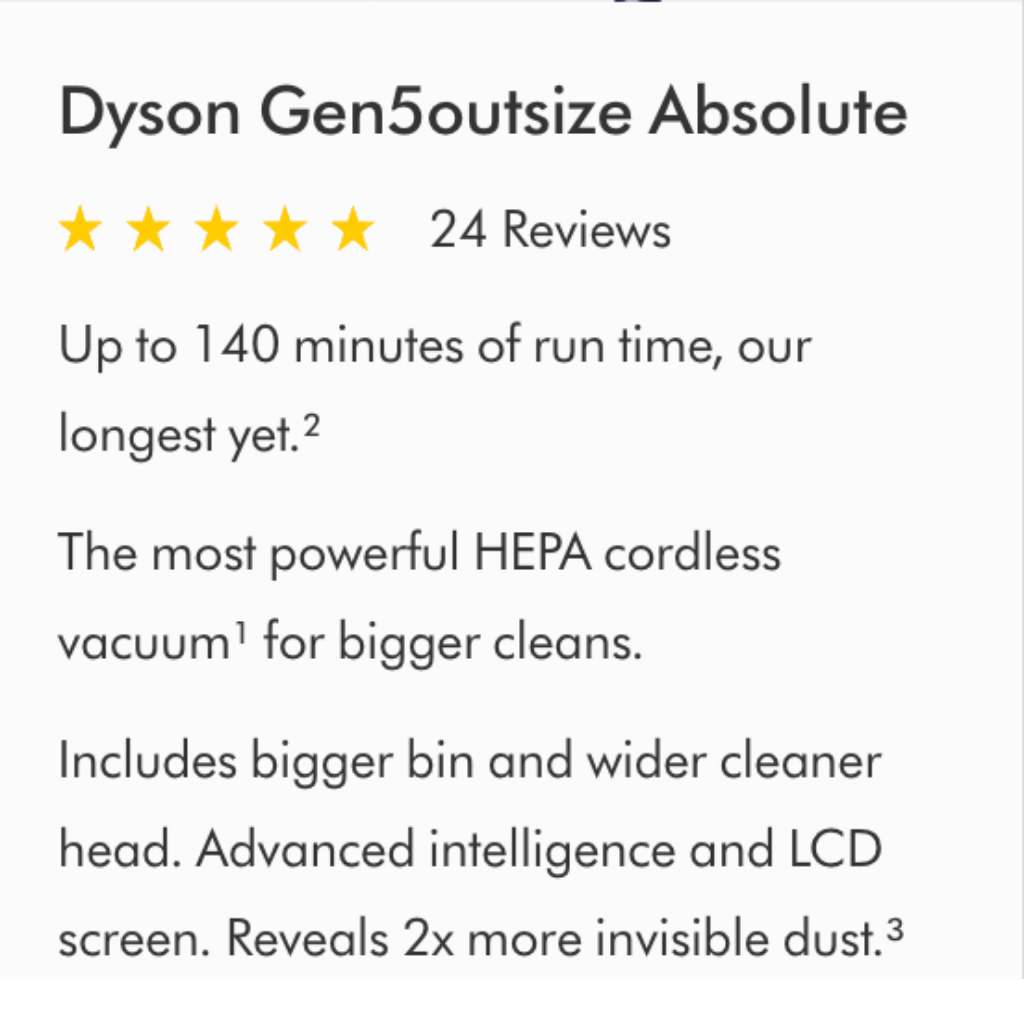The ecommerce world is competitive. It’s not enough to just have a website, you need to master the art of ecommerce SEO to get your business found online. It’s your ultimate resource to elevate your online store’s visibility and drive exponential growth.
We’ll give you the information you need to know the basics of getting your SEO strategy up and running. You’ll be able to attract more organic traffic, engage customers and increase sales.
Let’s get started.
The basics of ecommerce SEO
It’s essential to know how search engines work and what factors contribute to organic rankings.
Major search engines like Google use algorithms to assess websites based on various criteria, including relevance, authority, and user experience.
Understanding these algorithms will help you tailor your ecommerce website to align with their requirements.
Search engines may never tell us all of the factors that help your web page rank, but we are aware of some factors.
Relevance
Search engines analyze the content on your website to determine if it matches what users are searching for.
Ensure your product descriptions, titles, and overall website content accurately represent what you’re offering.
Authority
Websites with a strong online presence and high-quality backlinks are considered more authoritative.
Aim to build your site’s authority by acquiring backlinks from reputable sources in your industry.
User experience
User experience is crucial for SEO. A well-structured website with easy navigation, fast loading times, and mobile responsiveness will improve user engagement and signal to search engines that your website is valuable to visitors.

Conducting keyword research for ecommerce
Keyword research is a fundamental step in your ecommerce SEO strategy. Use tools like Google Keyword Planner, Ahrefs, or SEMrush to identify relevant keywords and search queries related to your products.
Look for keywords with high search volume, moderate to low competition, and strong commercial intent.
Additionally, focus on long-tail keywords – longer and more specific phrases – as they often have less competition and target potential customers who are closer to making a purchase decision.
An example would be if you own an online shoe store, targeting long-tail keywords like “comfortable running shoes for women” or “affordable leather boots for men” can help you attract more qualified traffic.
For a deeper look at keyword research check out our article “How to improve SEO rankings in 7 steps“.
Crafting engaging product descriptions
Unique and compelling product descriptions play a vital role in both ecommerce SEO and convincing potential buyers to make a purchase.
Avoid using generic manufacturer descriptions and instead write original, informative, and persuasive product descriptions that highlight the benefits of your products.
Consider incorporating user-generated content, such as customer reviews, as they not only build trust with prospective customers but also add fresh, relevant content to your pages.
An example would be Dyson. They don’t just write “Best vacuum” for all their vacuum products. They give key features and other important details about their products in the description.
Write better product descriptions today! Check out our article “How to write product descriptions that sell“.

Optimizing on-page elements
On-page SEO involves optimizing various elements on your website to make it more search engine friendly and user-friendly.
Title tags and meta descriptions
Craft unique and keyword-rich title tags and meta descriptions for each page, including product pages.
These elements are crucial as they appear in search engine results and influence click-through rates.
Header tags
Use header tags (H1, H2, H3, etc.) to structure your content and make it easier for search engines to understand your page’s hierarchy.
Keyword research and optimization
Conduct keyword research for relevant and high-traffic terms.
Use them naturally in the page’s title, headings, meta description, and content, but avoid keyword stuffing to prevent search engine penalties.
Quality content
Create valuable, well-structured content that meets user intent, is easy to read, and includes multimedia elements like images and videos.
Image alt text
Include descriptive alt text for product images to improve accessibility and provide context to search engines.
Internal linking
Create a logical internal linking structure to guide users and search engine bots through your website.
Building high-quality backlinks
Quality backlinks remain one of the most influential factors in ecommerce SEO.
However, focus on acquiring natural and relevant backlinks from authoritative websites rather than pursuing manipulative link-building tactics.
Consider guest posting on industry-related blogs, collaborating with influencers, or earning backlinks through excellent content that attracts organic linking from other websites.
Harnessing the power of social media
Social media platforms provide an excellent opportunity to engage with your audience and drive traffic to your ecommerce website.
Create shareable and visually appealing content that showcases your products. Encourage user-generated content, run social media contests, and respond to customer queries and feedback promptly to build a loyal community.
While social media engagement may not directly impact search rankings, it can indirectly influence ecommerce SEO by driving traffic, increasing brand awareness, and potentially earning backlinks.
An example could be to share visually appealing product images on platforms like Instagram and Facebook, along with links to your blogs, to encourage user interaction and potential sharing.

Embracing mobile-first optimization
Given the rise in mobile device usage, optimizing your ecommerce website for mobile users is no longer optional but a necessity.
Implement responsive design to ensure your website adapts seamlessly to different screen sizes and resolutions.
Focus on improving mobile page load times to enhance user experience and avoid mobile users bouncing from your site due to slow loading.
Consider using Google’s Mobile-Friendly Test tool to check the mobile-friendliness of your website and identify areas for improvement.
Example: Ensure that your website’s layout adjusts seamlessly to various screen sizes and that the checkout process remains smooth and efficient on mobile devices.
Get started with your ecommerce SEO
Mastering ecommerce SEO is essential for growing your online business. By understanding the basics of SEO you can attract organic traffic, engage potential customers, and increase your ecommerce sales.
Keep in mind that SEO is an ongoing process, and staying updated with the latest trends and best practices is crucial to maintaining and improving your search engine rankings.
By consistently implementing effective SEO strategies, your ecommerce business will continue to thrive and have success in the digital world.

